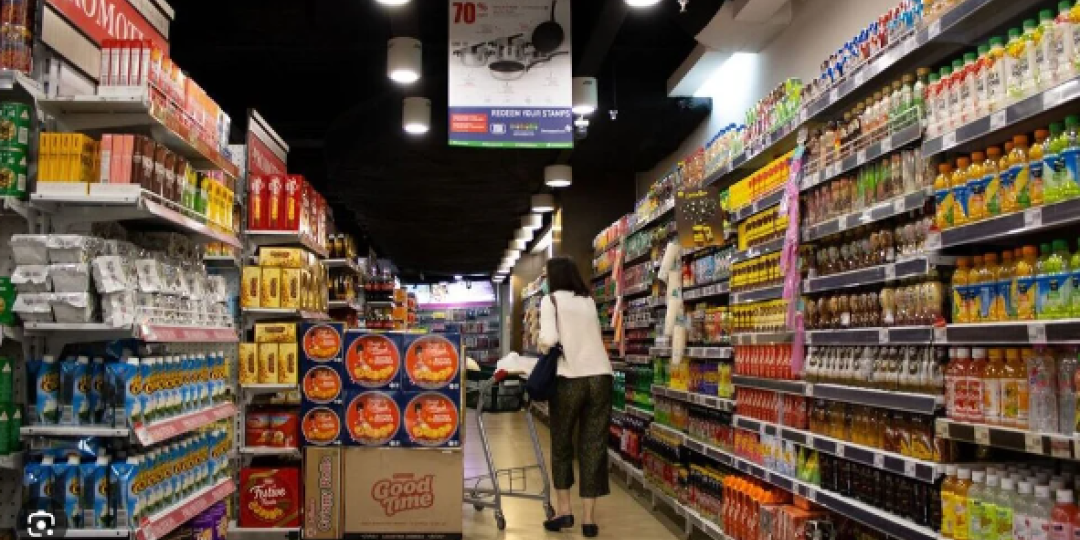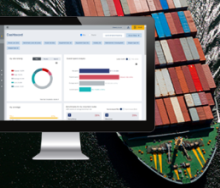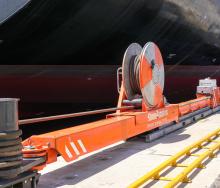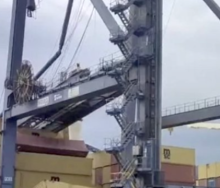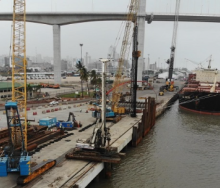Monthly inbound cargo volumes at major US container ports could see a near-record surge this month as retailers bring in merchandise ahead of a potential strike at ports on the East and Gulf coasts.
This is according to the Global Port Tracker report released by the US National Retail Federation and Hackett Associates.
A contract between the International Longshoremen’s Association and the United States Maritime Alliance, covering East Coast and Gulf Coast ports, is set to expire on September 30.
“Retailers are concerned by the possibility of a strike at ports on the East and Gulf coasts because contract talks have stalled,” NRF vice president for supply chain and customs policy Jonathan Gold said. “Many retailers have taken precautions, including earlier shipping and shifting cargo to West Coast ports. We hope to see both sides resolve this issue before the current contract expires because retailers and the economy cannot afford to see a prolonged strike.”
This comes on top of ongoing disruption issues, including the attacks on commercial vessels in the Red Sea. Vessel diversions have led to increased shipping times and costs, and have led to equipment shortages and congestion in Asian ports.
According to the NRF, negotiations have broken down and the ILA has threatened to strike if a new contract is not reached by the end of September. The organisation has continued to urge the parties to return to the table to continue negotiations. Rising freight rates have also prompted importers to ship earlier.
“Importers are continuing to grow their inventories and are shifting cargo to the West Coast as a precaution against potential labour disruptions,” Hackett Associates founder Ben Hackett said. “We calculate that the shift has pushed the West Coast share of cargo we track to above 50% for the first time in over three years.”
The NRF is forecasting that 2024 retail sales – excluding automobile dealers, gasoline stations and restaurants and focusing on core retail – will grow between 2.5% and 3.5% over 2023.
